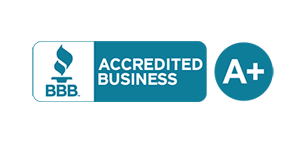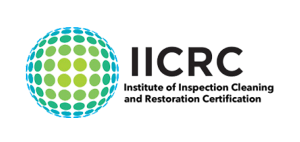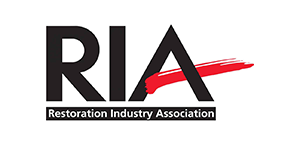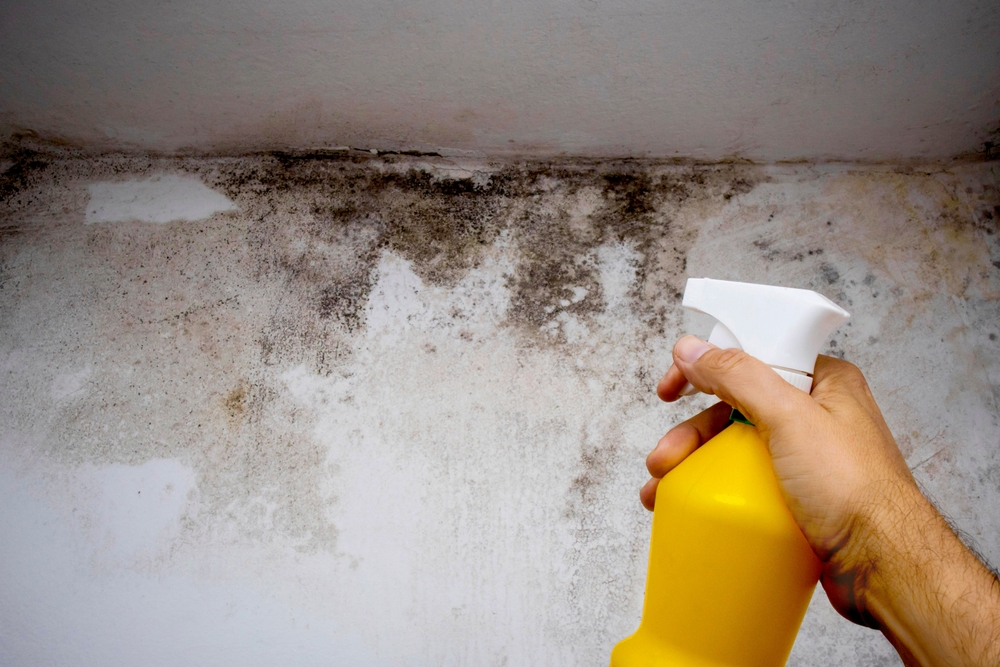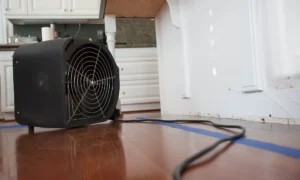Can you get rid of mold without tearing down the wall? Or is that a risky move?
In many homes across the United States, mold on drywall appears after leaks or high humidity. The paper on drywall helps mold grow, increasing health risks and hidden damage. Look out for musty smells, brown or black spots, peeling paint, or a warped surface.
If caught early and the mold is small, the EPA says you might be able to tackle it at home. You’ll need the right gear and safe methods to do so.
This guide helps you understand when you can remove mold without tearing down the wall. It also shows when it’s necessary to cut and replace the material. It covers how to keep your indoor air clean, from basic safety steps to advanced techniques.
Key Takeaways
- Small, surface-level growth may allow mold removal without removing drywall when moisture is controlled.
- Widespread or deep mold demands removal of affected drywall to reduce drywall mold health risks.
- EPA guidance: areas under 10 sq. ft. may be DIY; larger areas typically need professional help.
- Watch for stains, musty odors, peeling paint, and humidity above 60% in United States homes.
- Safe mold removal methods include proper PPE, ventilation, HEPA filtration, and tight containment.
- Mold remediation options depend on moisture source, extent of growth, and wall material condition.
- Fix leaks and humidity issues first to prevent mold from returning after cleanup.
Understanding mold on drywall: risks, causes, and when non-invasive mold removal works
Drywall can get moldy when moisture hits the paper facing. This paper acts like food for mold. Roof leaks, high humidity, bad insulation, and past water damage are common causes.
It’s important to catch mold early to keep drywall safe and air clean.
Homeowners can spot mold by looking and smelling. Look for black, green, brown, or white patches that feel fuzzy or slimy. A musty smell is also a sign.
Stains, peeling paint, warped surfaces, and constant condensation suggest hidden moisture. This increases the risk of mold on drywall.
Wet walls can have Stachybotrys chartarum, Aspergillus, Penicillium, and Alternaria. These grow fast in humid conditions and when leaks are ignored. They can cause breathing problems and weaken the drywall.
Non-invasive mold removal works if the mold is just on the surface. It’s safe if the drywall feels solid and moisture is controlled. But, if the drywall is soft or crumbly, it’s safer to replace it.
United States guidelines say DIY is okay for small, easy-to-reach areas. Making the right choice protects health and materials.
Non-invasive removal can work if the mold area is small and the wall is strong. But, if smells, stains, or high humidity come back, it might be necessary to open the wall. This stops the mold and prevents it from coming back.
Can you remove mold without removing drywall?
In small, surface spots under about 10 square feet, yes, you can remove mold without removing drywall. The drywall must feel firm, and the leak or humidity source must be fixed. Also, basic containment should be in place.
Non-invasive mold removal can clear light growth without demolition. It keeps paint and texture intact. Practical mold remediation options include HEPA vacuuming to capture loose spores.
Wiping with a mild baking soda–white vinegar–water mix or 3% hydrogen peroxide is also effective. Gentle scrubbing, rinsing, and complete drying follow. Many homeowners then use a mold-resistant primer from brands like Kilz or Zinsser.
When to replace drywall becomes clear if the board is soft, crumbling, or the impacted area exceeds 10 square feet. Repeated growth, musty odors, or staining lines can signal hidden mold in walls. This may require opening cavities and discarding contaminated materials for a lasting fix.
Situations tied to flooding, long-term leaks, or suspected spread into insulation or ducts are not suited to non-invasive mold removal. In those cases, trained pros follow IICRC S520 practices with NIOSH-approved protection. They use controlled containment and proper debris handling to remove damaged drywall and address the source.
Bleach is not recommended on porous drywall because it does not penetrate well and can add moisture. Safer picks on the surface include hydrogen peroxide or specialized products like Concrobium. Used with drying and prevention steps, these mold remediation options help limit disruption while keeping indoor air quality in view.
Conclusion
Can you remove mold without removing drywall? The answer depends on the situation. For small, surface-level mold spots under 10 square feet, it’s possible. Use protective gear, contain the area, vacuum with a HEPA filter, and clean with vinegar or hydrogen peroxide.
After cleaning, dry the area well and apply a mold-resistant primer. This method helps keep the drywall intact while following U.S. mold guidelines.
But, there are limits. If the drywall feels soft or shows stains that come back, or if you smell mold from inside the wall, it’s likely more widespread. For larger areas, flooding, or health issues, it’s safer to replace the drywall and get professional help.
Certified teams use strict protocols, including inspections, containment, and HEPA filtration. They remove affected materials, disinfect, and restore, following IICRC S520 standards. Always wear NIOSH-approved PPE and handle debris safely. Avoid using bleach on drywall; instead, use products like Concrobium or hydrogen peroxide.
Preventing mold is key. Keep humidity levels between 30% and 50% with dehumidifiers. Fix leaks quickly, ventilate kitchens and bathrooms, and maintain gutters. Also, direct water away from your home’s foundation.
Regularly check basements and attics. In high-risk areas, consider using moisture-resistant wall systems like Trusscore Wall&CeilingBoard. This can reduce future mold risks and help preserve your drywall.
In summary, removing mold without taking out the drywall works for small, surface-level cases with the right approach. But for bigger or hidden mold, replacing the drywall is the best way to protect your health and home. This aligns with U.S. mold guidelines and proven remediation methods.


